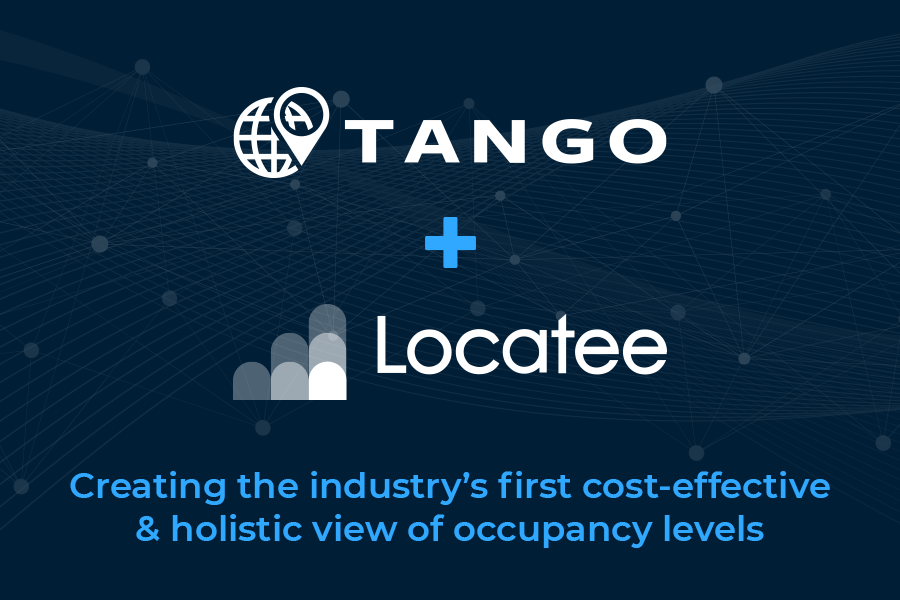“Space optimisation is the most widely quoted use case for solution providers by far, indicating the increased interest in office design and layout as a tool to improve occupant productivity and to maximise real estate utilisation”, states Memoori’s latest report.
Locatee realised this trend several years ago and therefore supports companies in optimising their space utilization and increasing the efficiency of their office spaces. Locatee enables detailed real time data analysis by accessing existing IT infrastructure, using software only. As a result, no physical interventions or hardware installations are necessary. Thanks to the scalability, the solution delivers valuable insights in order to optimise space, regardless of the size of a real estate portfolio.
Read the summarized report from Memoori below:
Of the the 152 solution providers identified by the study, 74 recognize the primary use case for occupancy analytics and location based services (LBS) as space optimization. With less than half that number, Indoor mapping came in second with 35, followed by occupant tracking with 17. Space optimization data has proved itself an invaluable component of the IoT in commercial office buildings, and the report credits this to its ability to optimize workplace performance.
By gathering information from sensors placed around a facility, a Building Internet of Things (BIoT) system can track occupancy and motion. These systems provide valuable insight into how indoor spaces are being used. Real-time traffic patterns can be translated into spatial representations such as floor plans, occupancy, heat maps, or motion trails. Together they offer an unprecedented and dynamic understanding of data and data correlations, to deliver valuable insights.
“According to a three year international Workplace Strategy survey by CBRE, only 60% of office space is occupied on any given workday. Another survey of office workers by Senion reported that more than 37% of respondents observe between 25% and 50% of the desks in their buildings to be unoccupied on any given day.”
These statistics are largely driven by freelancing and remote working trends, part of a wider shift towards flexible working. In turn, the workplace has adjusted to these conditions with greater adaptability through hot desking, multi-space office design and increased connectivity. The bottom line is that by using simple data analytics to understand occupancy, there are vast and easy savings to be made.
“With an average of 151 square feet of office space per employee at an average of $39 per square foot per year, companies with 500 employees that have 25% to 50% of their desks unfilled are overpaying by as much as $736,125 to $1.47 million each year; companies with 5,000 employees are potentially overpaying as much as $7.36 million to $14.72 million each year for that unoccupied space,” explains the first comprehensive evaluation of Occupancy Analytics and Location Based Services in the Commercial Office space.
This is just the tip of the saving’s iceberg. By feeding space optimization data into wider building systems huge cost reductions can be achieved through lighting, temperature, and air quality. Behavior can be anticipated and occupants tracked, meaning energy use in specific zones can be controlled to reduce overall energy savings. Yet this hardly breaks the surface of space utilization data applications. The true value of space optimization comes from understanding how occupants and visitors use the workplace, in order to increase human efficiency and productivity. Understanding the way people use a space allow solutions to emerge that will minimize wasted time and energy, improve communication and collaboration, or even reduce communication for better focus. All this data can be analyzed in real-time and combined with other information to create a holistic view of this dynamic environment. “A real-time view can help building occupants to better use space on a day-to-day basis, while more granular occupancy analytics data can help building managers to make better decisions around long-term space requirements,” our report continues.
“Firms can cut real estate costs by 10-30% simply by planning their space better. Using the same data they can improve employee retention, collaboration and productivity by adapting the workplace to meet human needs. No wonder the value proposition for such solutions has become so attractive. The possible uses for space utilization data are almost endless, and this type of analysis has emerged just in time to slow a growing crisis.”
“With office densification rates increasing in 2017 across the world, combined with evidence of poor space utilization and the expectations of occupants for more human and productive environments, the need for workspace management platforms to provide better insight into the repurposing of current workplaces has never been so urgent,” states the report.
Source: https://www.memoori.com/occupancy-analytics-location-based-services-driven-space-optimization/







